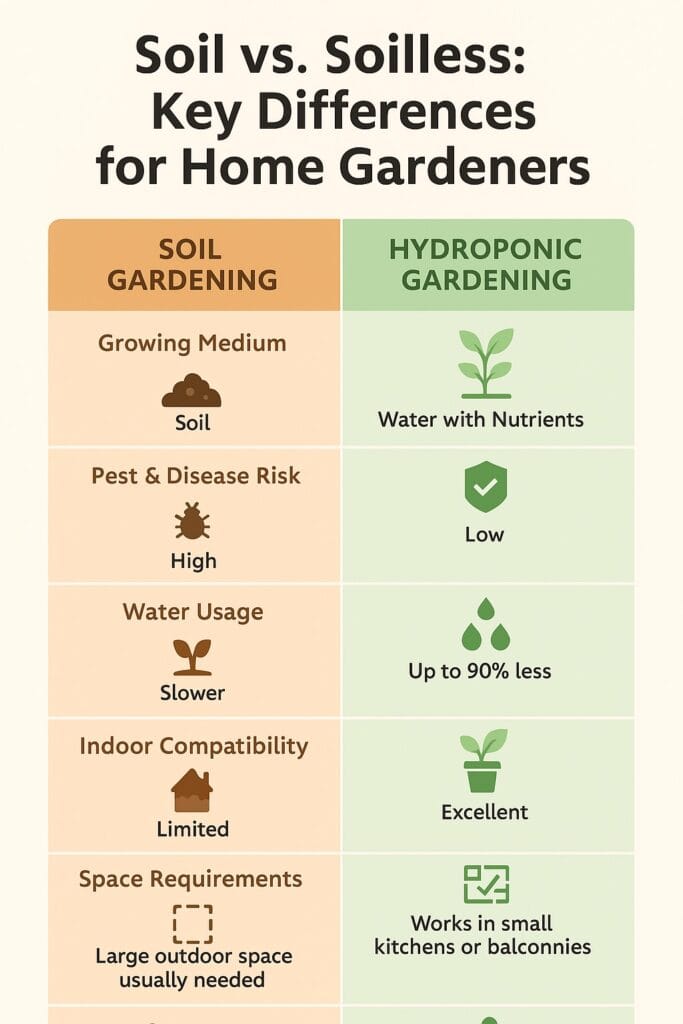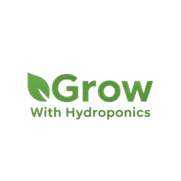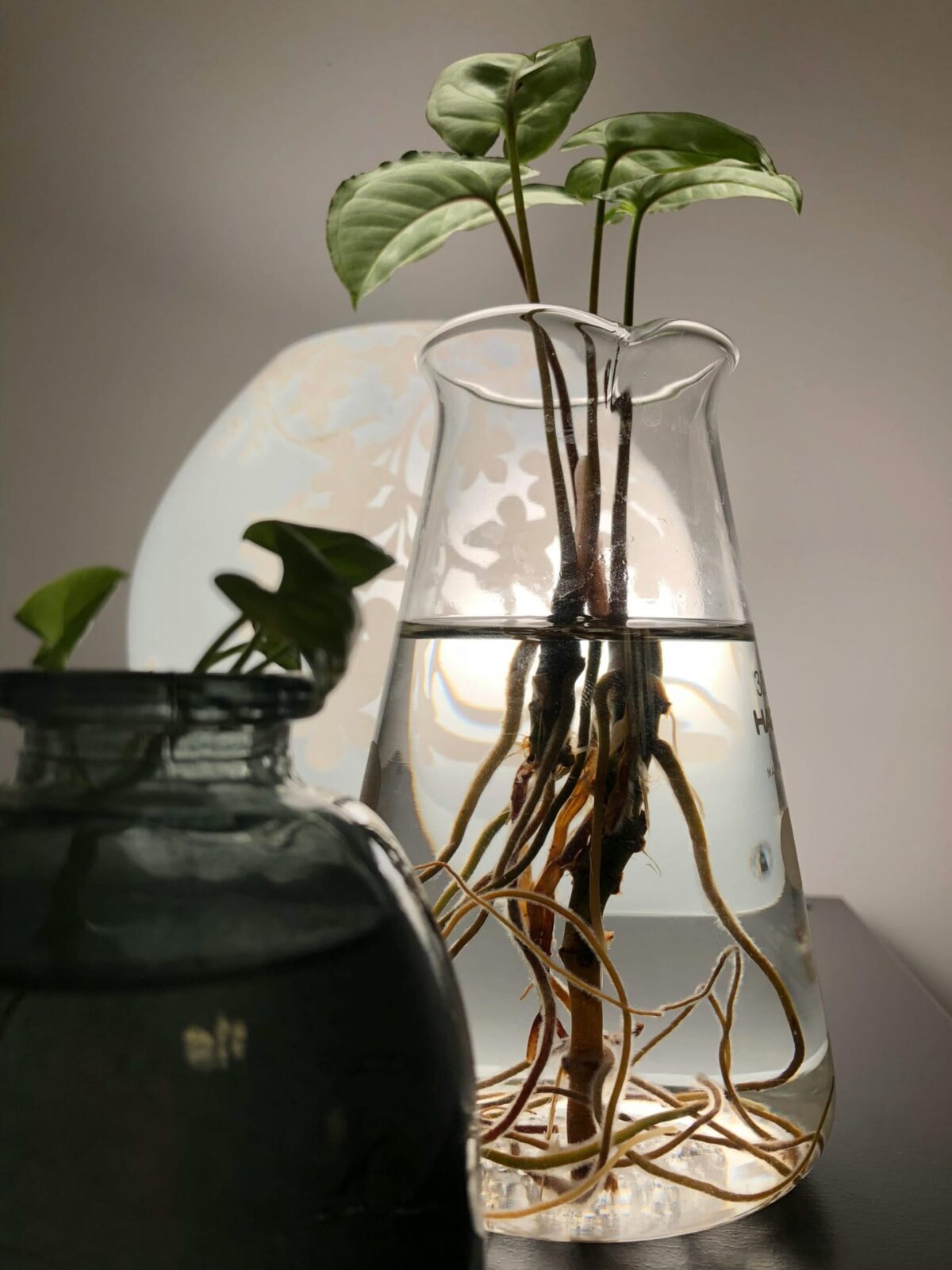Introduction: The Battle Between Soil and Soilless Gardening
“What’s the difference between soil and hydroponics for home gardening?” That’s one of the most common questions we hear, and for a good reason.
Hydroponics, a clean and efficient way to grow plants without soil, is quickly becoming a top choice for indoor gardeners and apartment growers. This post breaks down how it compares to traditional soil gardening, and why it’s here to stay.
What Is Soil Gardening?
Soil gardening is the conventional way of growing plants in natural or enriched soil. It provides:
- Nutrients and microbial life
- Structural support for roots
- Natural moisture retention
But soil comes with downsides; weeds, pests, and seasonal limitations, especially indoors.
What Is Soilless Gardening (Hydroponics)?
Hydroponic gardening replaces soil with a nutrient-rich water solution. Plants get direct access to the minerals they need faster and cleaner. Popular systems include:
- Deep Water Culture (DWC)
- Nutrient Film Technique (NFT)
- Kratky Method
- Ebb & Flow
- Wick System

Why Hydroponics Is the Future of Home Gardening?
- Water Efficiency : Hydroponics uses up to 90% less water than soil. Perfect for dry areas or eco-conscious growers.
- Year-Round Indoor Growing: Control light and temperature. Grow fresh herbs even in the winter!
- Cleaner and Easier: No digging. No mess. No pests.
- Higher Yield in Small Spaces: Grow vertically or on shelves, maximizing your harvest even in a tiny kitchen.
- Nutrient Precision: Customize pH and nutrients for each plant = faster, tastier results.
Final Thoughts: Should You Switch to Hydroponics?
If you’re ready for a cleaner, faster, and more sustainable gardening experience, hydroponics is worth a try. Whether you’re new to gardening or looking to upgrade, soilless growing offers unmatched control and results.
Related Reads
- Top 5 Hydroponic Systems for Beginners
- How to Set Up Your First Hydroponic Kit at Home
- Beginner’s Guide to the Kratky Method



